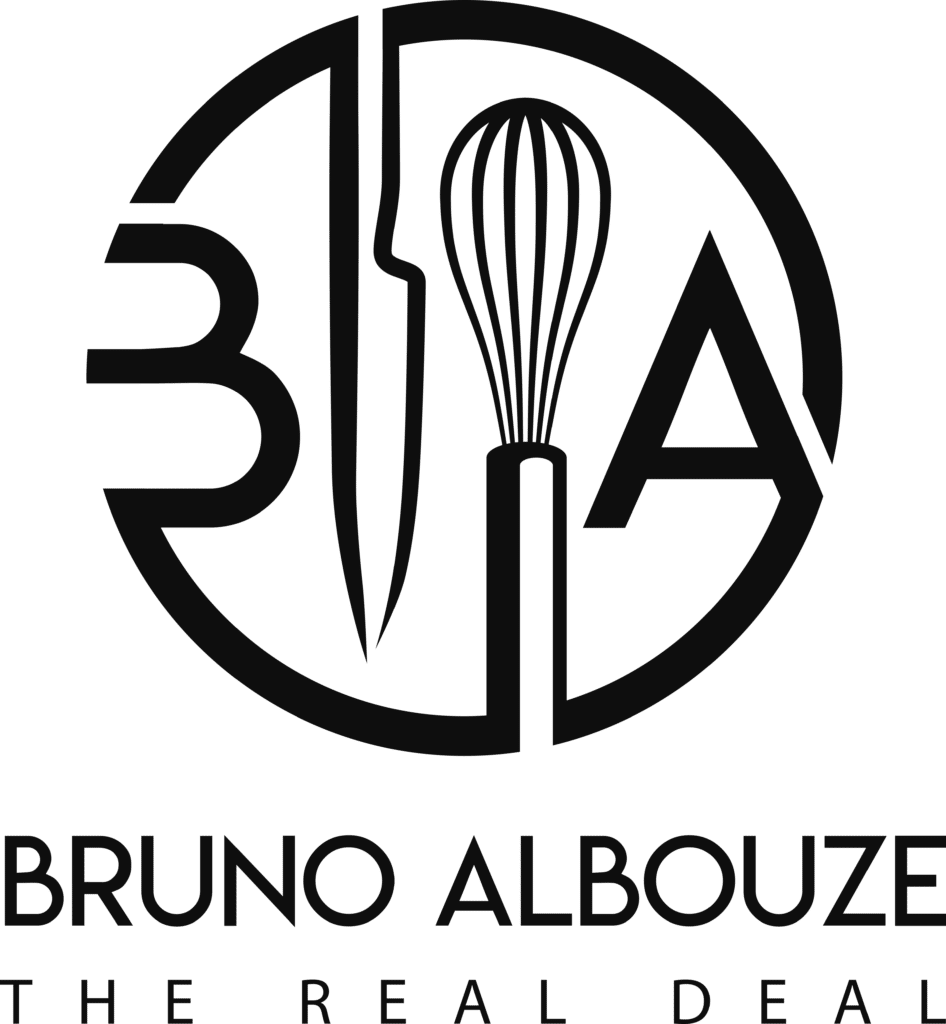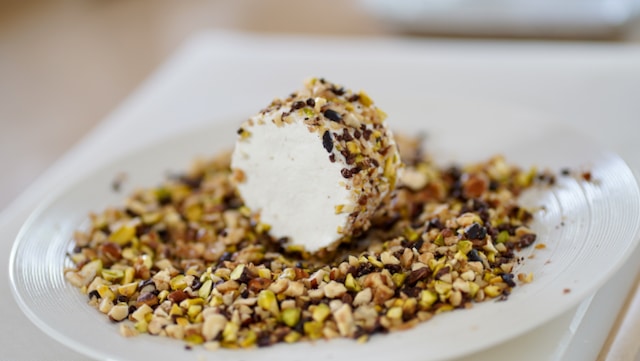Hello, cheese aficionados! Bruno Albouze here, your culinary guide from France—with a country that counts more than 1200 cheese varieties, cheese is more than just food; it’s a way of life. Today, we’re diving into a topic that’s as essential as the cheese itself—the right knife for the right cheese. Let’s get slicing!
The Art of Crafting a Cheese Board
Before we get into the nitty-gritty of knives, let’s talk about the cheese board. Serving cheese at room temperature is a must. Organize your cheeses based on the type of milk (cow, sheep, goat), texture (soft, semi-hard, hard), or even by intensity of flavor. Always place the cheese with the ‘nose’ facing outward for easy cutting. And don’t forget the bread!. Enjoying cheese without bread was inconceivable for my grandma and father; I can’t disagree. Pain de campagne and baguette are definitely the ones to go with. Dry fruit breads (pain spéciaux) are excellent too with coince paste. Crackers with bread? No thanks. Lastly, cheese is known to go beautifully with wine. Whether it’s red, white, or even rosé, the right wine can elevate your cheese experience to heavenly levels. So remember, 3 things in order: cheese, bread and wine.
Knife or Chisel?
Choosing the right knife for your cheese is crucial. Here’s a quick guide:
Soft Cheeses: Camembert, Brie
For soft cheeses like Camembert or Brie, go for a cheese knife with a perforated blade. The holes prevent the cheese from sticking to the knife, making for a clean cut. Utility knife will do the trick too.
Semi-Hard Cheeses: Raclette, Gouda
For semi-hard cheeses, a knife with a serrated or smooth blade will do the trick. These cheeses are forgiving and easy to slice, so you have some flexibility here.
Hard Cheeses: Emmental, Beaufort
When it comes to hard cheeses like Emmental or Beaufort, a cheese cleaver is almost indispensable. The weight and design of the cleaver make it easier to cut through dense textures.
Double-Pointed Knife
This versatile knife is not only good for cutting various types of cheese but also for picking up the slices afterward. It’s a two-in-one tool that’s perfect for a communal cheese board.
Crumbly Cheeses: Parmesan, Pecorino
For crumbly cheeses like Parmesan or Pecorino, a chisel or Parmesan knife is your best bet. These knives have a short, rounded blade that allows you to make precise incisions without crumbling the cheese.
Cheese is a serious affair, especially in France. And like any serious affair, it demands the right tools. With this guide, you’re now equipped to create not just a cheese board but an experience. So go ahead, bring out those knives and let’s make every slice count!. Bon appétit!

